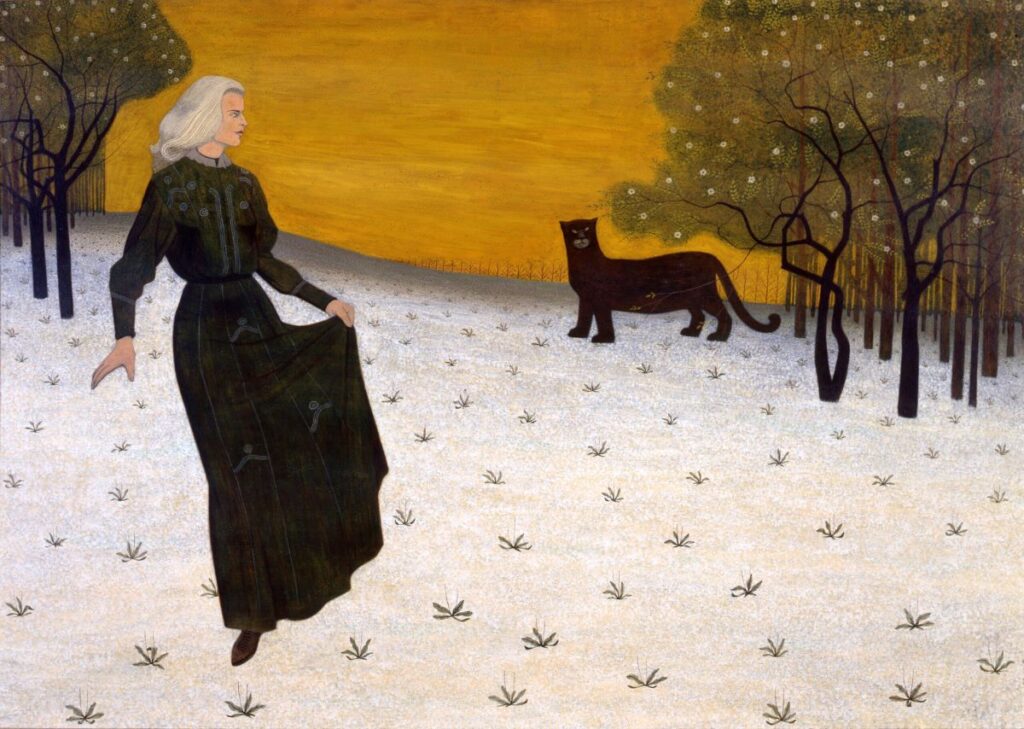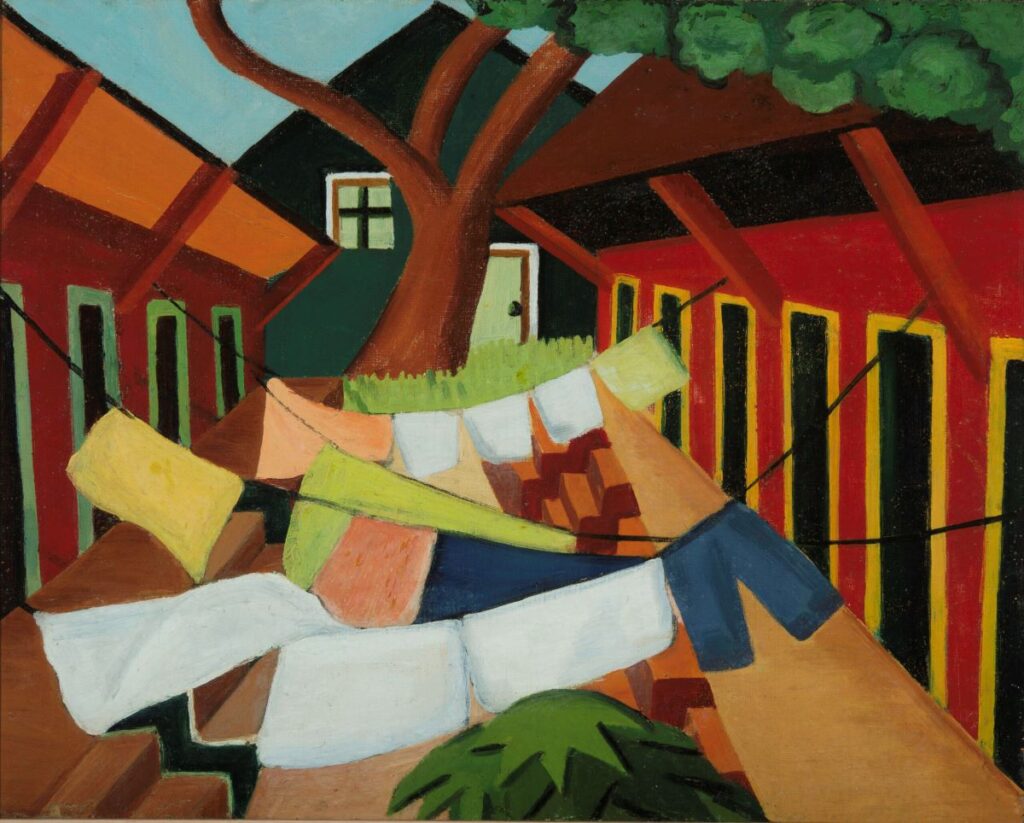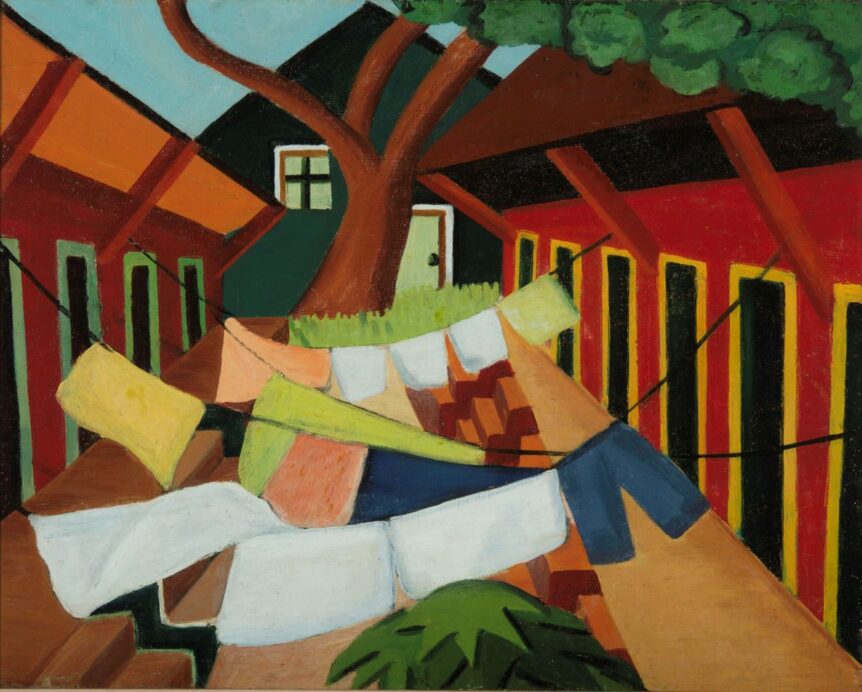
Given events such as the Armory Show of 1913 and milieux like postwar Greenwich Village in the days when the likes of Jackson Pollock and Willem de Kooning were knocking about, it’s easy to assume that the development of modernism in American art was a distinctly New York–centered phenomenon. But new progressive paths in the ways and means of making art emerged throughout the United States, and were pursued with particular vigor by artists in the South.

graph courtesy of the Georgia Museum of Art, University of Georgia, Athens.
If that last comes as a surprise, it is in part a desire to counter such expectations that informs Southern/Modern, an exhibition co-organized by the Mint Museum in Charlotte, North Carolina, and the Georgia Museum of Art in Athens and currently on view at the latter institution. As Todd A. Herman, president of the Mint, writes in the exhibition catalogue: “Stereotypes and long-held beliefs about southern ‘sophistication’—parroted by critics in urban centers in the North—kept southern artists firmly trapped under the weight of the Mason-Dixon Line.”
Sophistication was hardly lacking among southern artists. Modernism had its best-known bastion in the South at Black Mountain College, the short-lived school in North Carolina that fostered the careers of great artists across a wide spectrum of disciplines—from painter Robert Motherwell and sculptor Ruth Asawa, to choreographer Merce Cunningham and composer John Cage.
The region seemed to affect many artists like a siren’s song. Georgia-born Jasper Johns made his name elsewhere, but found inspiration numerous times in the quilts and other folk crafts he saw growing up. Romare Bearden, who was born in North Carolina and grew up in New York, returned often to depictions of southern life in his collages. Will Henry Stevens, Indiana-born and New York-educated, traveled yearly to paint landscape abstractions based on the mountains and forests of North Carolina.
One of Southern/Modern’s most notable aspects is that it brings to light the work of many lesser-known, or perhaps forgotten, southern artists. These include the Mississippi-born, intriguingly named expressionist Dusti Bongé; and Carroll Cloar, who hailed from Arkansas, won a Guggenheim Fellowship, and saw his strange, luminous dreamscapes purchased by the Metropolitan Museum of Art, the Whitney Museum of American Art, and other institutions, but then drifted into relative obscurity.
Southern/Modern • Georgia Museum of Art, Athens, Georgia • to December 10 • georgiamuseum.org

